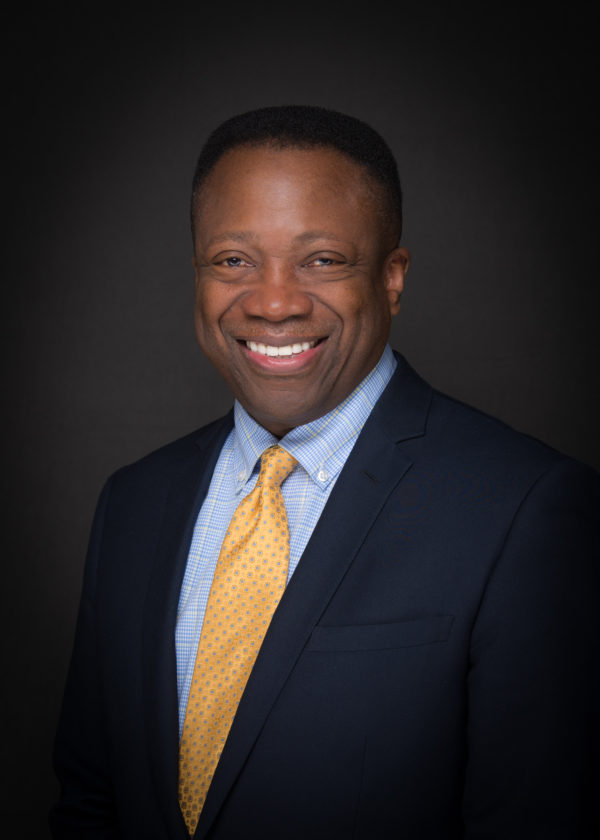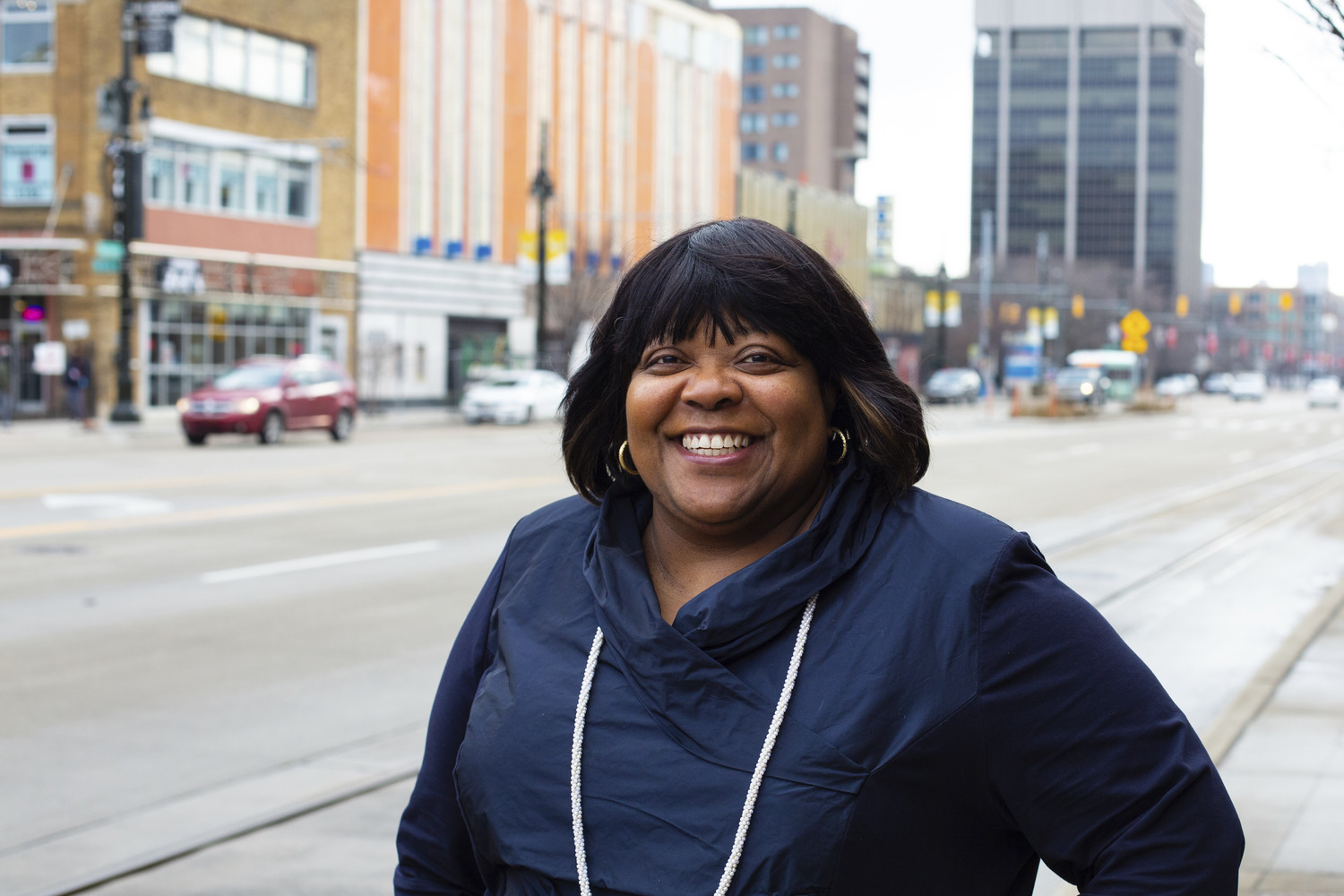What do the Charles H. Wright Museum of African American History, the Millender Center and the People Mover’s stations all have in common? Their projects were all master crafted by some of Detroit’s most accomplished Black architects. Though populating a small portion of the profession, Black architects have had their hand in some of Detroit’s most notable structures, parks and neighborhoods.
In 2018, The National Council of Architectural Registration Boards records lists over 113,000 licensed architects across the country; of those, Michigan has 5,300. According to the Directory of African American Architects, which keeps a record of a growing list of Black architects in the U.S., just 2,300 Black architectural designers are identified in the white, male-dominated industry.
Rainy Hamilton Jr. is a member of this elite group. Established in 1994, his firm, Hamilton Anderson Associates has had its hand in several notable projects across Detroit including The Little Caesars Arena, Quicken Loans Corporate Headquarters, YouthVille and the MGM Grand Detroit.

“A couple of the largest is the Detroit School of Arts. It was a $125 million facility, $50 million for technology and $75 million for brick and mortar,” says Hamilton, the principal-in-charge and president of Hamilton Anderson Associates. “One of the other ones is Tabernacle Missionary Baptist Church. The church body chose me, my firm, to design the facility.”
Black architects were really given their time to shine beginning in the 1930’s when Donald White became the first African American to graduate from the University of Michigan’s School of Architecture. A short time later becoming the first Black licensed architect in the state of Michigan, White helped pave the way for others to follow in his footsteps. Launching a firm with friend and fellow University of Michigan alumni, Francis Griffin, the duo went on to lay the foundation for many of Detroit’s Black architects of today.
Nathan Johnson worked on the team at White and Griffin during his start and grew to become one of the city’s most prominent architects for Black churches. After starting his own firm and designing multiple projects, Mayor Coleman Young appointed Johnson to head the design of the People Mover Stations. He used the opportunity to employ other Black architects as subcontractors like Sims and Varner.
“Nate Johnson is definitely one of my heroes. He’s still living which is a blessing. But also,

there’s Harald Varner and Howard Sims, the Sims-Varner team, Roger Margerum was another. These were the trailblazers that allowed me to stand on their shoulders,” says Hamilton.
Karen Burton and Saundra Little are co-founders and partners in Noir Design Parti which works to showcase the design, history and projects of Black architects in the city and throughout Michigan. Giving flowers to what is referred to as the Trailblazer Generation like Johnson, White and Griffin, these women who are also architects, work to ensure their stories and legacies never die.
“There aren’t many black architects now and there were so few back then, but they seemed to find each other to collaborate on projects together. They were really instrumental in being a proving ground and allowing people to get experience,” says Burton
Although the number of Black architects is small, the force is mighty. Starting with the first generation of architects, these greats managed to break barriers and provide beautiful structures that span the city, the state and the country.
The next generation of Black architects will have big shoes to fill, but with a legion of seasoned veterans behind them, the future looks bright. In order to expose children to architecture as a career, programs are in place at the National Organization of Minority Architects (NOMA.) The organization also has goals in place that will help grow the national pool of minority architects.
“One of the goals for NOMA is to double the amount of licensed architects by 2030,” says Little, who is also Midwest Vice President of the NOMA. “Another thing is to make it searchable online where they can look up Black architects.”
Hoping to make an imprint on children who express interests in the various aspects of architecture, Little and Burton launched so future generations could see Black architects and aspire to become one.
“Just the impact of those trailblazer architects, there were many of those to look up to when we were kids saying that’s what we wanted to do and that’s one of the reasons we started Noir Design Parti so students could see designers who look like them,” says Burton.
,